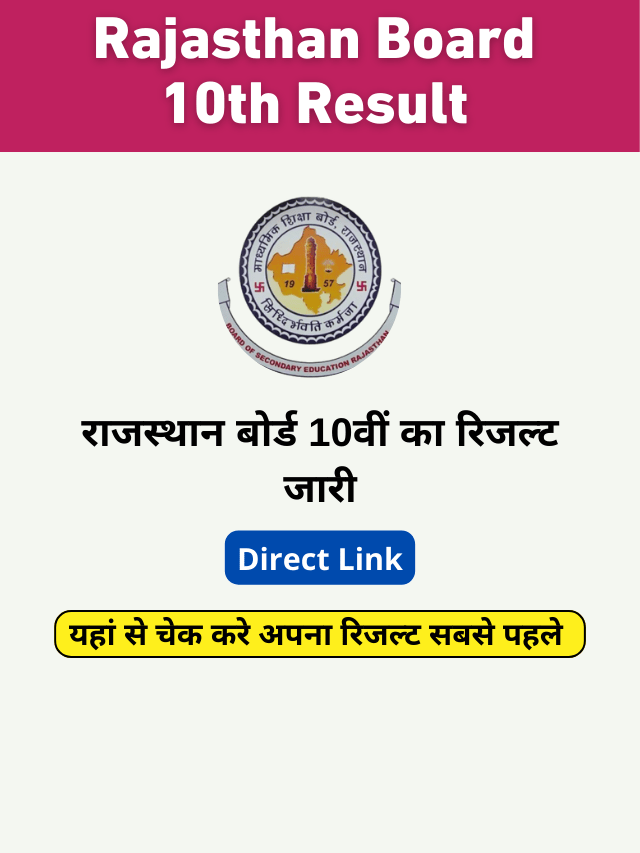Introduction
Embarking on a journey to study in the United States is an exciting opportunity. However, before you can step foot on American soil, you need to navigate the process of obtaining a US student visa. This comprehensive guide will walk you through the essential steps, requirements, and expert insights to ensure a smooth and successful application process.

Guide to Obtaining a US Student Visa
Securing a US student visa is a crucial step for international students pursuing education in the United States. Here’s a breakdown of the process:
Understanding Visa Types
Before you begin the application process, it’s vital to understand the different types of student visas available. The most common ones are the F-1 and M-1 visas. The F-1 visa is for academic studies, while the M-1 visa is for vocational courses. Choose the one that aligns with your educational goals.
Choosing the Right School
Selecting the right educational institution is a significant decision. Ensure that the school you choose is SEVP (Student and Exchange Visitor Program) certified. This certification is essential for issuing the Form I-20, which is required for the visa application.
Receiving the Form I-20
The Form I-20 is a crucial document issued by your chosen institution. It verifies your acceptance and enrollment. Pay the SEVIS (Student and Exchange Visitor Information System) fee and schedule a visa interview appointment after receiving the Form I-20.
Paying the SEVIS Fee
Before your visa interview, you must pay the SEVIS fee. This fee supports the administration of the SEVP and is essential for maintaining accurate records of international students.
Scheduling and Preparing for the Visa Interview
The visa interview is a critical step in the application process. Schedule your interview with the US embassy or consulate in your home country. Be well-prepared by having all the necessary documents, including the Form I-20, proof of financial stability, and a valid passport.
Attending the Visa Interview
During the interview, be confident, honest, and concise in your responses. The consular officer will assess your intentions, ties to your home country, and ability to fund your education in the US. If approved, you’ll receive a visa stamp on your passport.
Securing Financial Support
Proving your financial ability to cover tuition, living expenses, and other costs is essential. Compile all necessary financial documents, such as bank statements, scholarship awards, or sponsor letters.

Completing the Visa Application Form (DS-160)
The DS-160 form is a comprehensive online application that collects your personal and travel information. After completing the form, you’ll receive a confirmation page with a barcode that you’ll need for the visa interview.
Undergoing Medical Examination
Some visa applicants may need to undergo a medical examination to ensure they meet health requirements. This is especially true for long-term students. Follow the guidelines provided by the US embassy or consulate.
Demonstrating Strong Ties to Your Home Country
Consular officers want to ensure that you intend to return to your home country after completing your studies. Highlight your connections, such as family, property, or job prospects, to demonstrate your ties.
Overcoming Language Barriers
If English is not your native language, you may need to demonstrate your language proficiency. This can be done through standardized tests like TOEFL or IELTS. Check the specific requirements of your chosen institution.
Handling Visa Denials
In some cases, visa applications may be denied. If this happens, don’t lose hope. You have the option to reapply or appeal the decision. Address any concerns raised by the consular officer and provide additional documentation if needed.
Frequently Asked Questions (FAQs)
Can I work while on an F-1 visa?
Yes, F-1 visa holders can work part-time on-campus during their studies and may be eligible for Optional Practical Training (OPT) after completing their program.
How early should I apply for a student visa?
It’s recommended to apply for a student visa as soon as you receive the Form I-20. The visa processing time can vary, so starting early is advisable.
Can I bring my dependents with me?
Yes, F-1 visa holders can bring their spouse and unmarried children under 21 years old as dependents. They will need to apply for F-2 visas.
What happens if my visa is still valid, but my program is complete?
If your visa is still valid but your program has ended, you can stay in the US for an additional 60 days. This is known as the “grace period,” which allows you to prepare for departure or apply for Optional Practical Training.
Can I travel outside the US while on an F-1 visa?
Yes, you can travel outside the US while on an F-1 visa, but there are specific guidelines to follow. Make sure to have all required documents and consult your designated school official before traveling.
How can I extend my F-1 visa?
F-1 visas can be extended for certain reasons, such as program changes or delays. Consult your designated school official for guidance on the extension process.
Conclusion
Obtaining a US student visa is a significant achievement that opens the doors to a world-class education and countless opportunities. By following the steps outlined in this guide and staying well-prepared, you can navigate the visa application process with confidence. Remember, each journey begins with a single step, and soon enough, you’ll find yourself embarking on a transformative educational adventure in the United States.









































